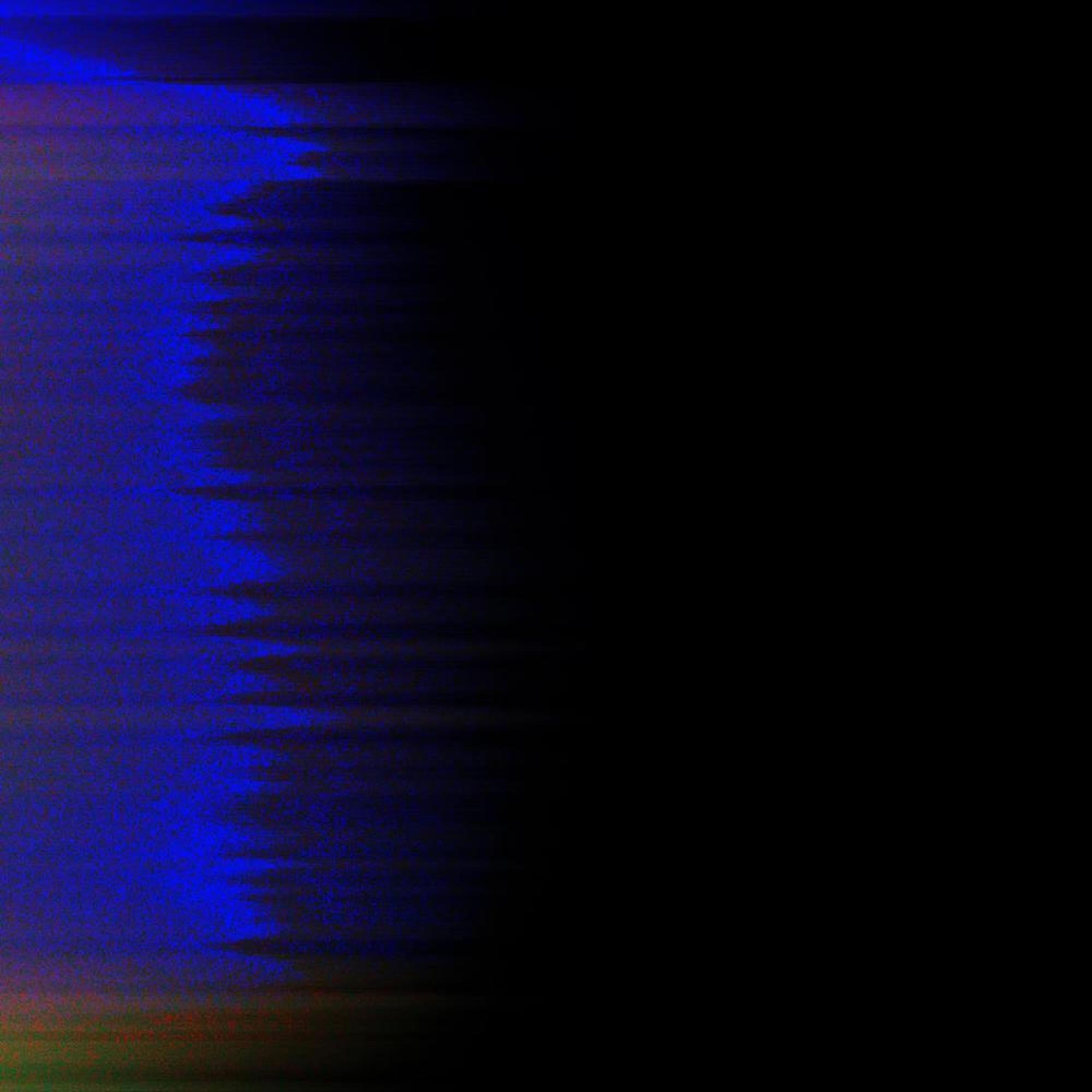Contents
- Perception Studies I
- Midnight in L.A.: Part Two of a Discussion
- san gabriel loops
- Mixtape: 7 Intuitions 1 (23:23)
- “I want to vomit every time…”: On National Anthem Resistance in Hong Kong and the United States
The pieces that Soap Ear covers in this issue inevitably draw on forces outside or between the sounds that make them up. Our writers and musicians — hell, all of us — are caught in webs of meaning, and escape is not a true solution. Los Angeles sits shrouded in many other webs that both interconnect and obscure its relations: the freeway system, the World Wide Web, and the web of celebrity that is decentralizing away from Hollywood, to name a few. The sounds that we discuss in this issue often reject inherited forms or slip away from even our latest definitions; still, our gestures attempt to trace the situation of their vibrations into a constellation of significance.
The writers and musicians in this fourth and final issue of the year embrace the enigma of music, sound, and noise. Why are many of us pleased when sounds trick or confuse us? Is certainty so boring, or in most moments, just unattainable? In his piece “san gabriel loops,” Andrew Young discusses the boundaries of our auditory perception, positing that there are certain perceptible patterns that run against the tendencies of raw, unorganized noise. Soap Ear editor Ashley Chaney then further explores the web of human perception in her coupled poem and image, “Perception Studies 1.” Whether reading a poem or mowing a lawn, the act of listening usually coincides with that of looking. However, distinguishing the two senses from one another and determining what is seen or heard is another matter.
Cultural contexts necessarily catch listeners in certain assumptions, and they should responsibly acknowledge such habits before choosing to reject or accept them. In Hong Kong, as George Pritzker deftly describes, the Chinese national anthem has become a locus of debate over the nature of listening and the externalized kind of listening that takes place in anthem protests at Hong Kong soccer games, as well as certain NFL games in the US. In Los Angeles’ SoundCloud rap scene, as Emma Kemp describes, a culturally specific genre like hip-hop has somewhat unraveled and re-entangled itself as it has been swept up in global trends. If escape from one cultural context means adhering to another, we can’t help but wonder if there is something we are missing.
With his mixtape, Pat Murch suggests that a collaborative and mystical approach to noise can draw on certain forces we tend to overlook and help to locate new possibilities. He charts a field in which the dead and living are only some of the players involved. Death isn’t necessarily the solution here, so much as life and death all mixed up. With that, we’d like to wish you happy reading!
Contents
- Perception Studies I
- Midnight in L.A.: Part Two of a Discussion
- san gabriel loops
- Mixtape: 7 Intuitions 1 (23:23)
- “I want to vomit every time…”: On National Anthem Resistance in Hong Kong and the United States
Cover Image: Andrew Young, ooji, (2017).
An existing image was processed by a program to identify regions of pixels that were above or below a luminosity threshold. Transformations inspired by noise anti-patterns were made in matching regions such as repetition (smearing across the canvas), sorting pixels by luminosity, removal, or replacement.
